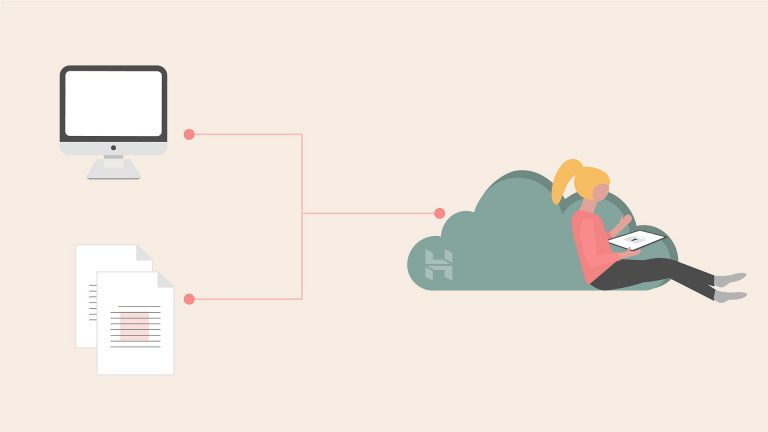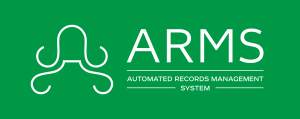Why ARMS offers SaaS via the Cloud
- Category - ARMS, Industry Business, SaaS, Security
The technology related to software-as-a-service, commonly known as SaaS, has consistently grown over the years. This growth applies across multiple fields, including the sector of private and public safety. Over the years, ARMS has consistently adapted to changing technology, and this included making the transition to offering SaaS to a range of organizations, including law enforcement and campus security. The decision by ARMS to utilize SaaS comes from several crucial improvements over traditional on-premise security software. The shift to SaaS enhances system functionality for security teams, making it part of the evolution of ARMS software.
Understanding SaaS
As mentioned, SaaS stands for software-as-a-service. This is a method that lets vendors provide centrally hosted applications via the internet, doing so in the form of service. SaaS applications run on the servers of SaaS providers and provide plenty of advantages over traditional software. Today, SaaS is a very common method of providing business applications that were traditionally on-premise and required installation. Just some of the many business applications that SaaS is used for today include mobile applications, enterprise resource planning programs, HR management software, corporate performance management suites, customer relationship management software, accounting, and payroll programs, communication and office software, and even public safety software. ARMS choose to harness the advantages of SaaS to provide customers with these benefits.
Lower entry costs
One of the biggest advantages of SaaS compared to on-premise software is the lower costs of entry. In most cases, there is no initial licensing fee associated with software as a service, which is present if you were to physically install software on your devices. There are also lower fees for software and hardware maintenance since the SaaS provider is in charge of managing the infrastructure behind the program. In comparison with traditional software that is on-premise, SaaS is also much more flexible in terms of plans and payment costs. Because there is no installation required, most SaaS providers make it simple to switch to a higher or lower plan at agreed-upon intervals. This helps security teams and other businesses accommodate the growth of their department and even budget constrictions. In addition to the direct cost of entry for SaaS, this type of software also has a lower cost of entry in terms of time spent. Creating a working solution, installing it, and providing training can take weeks or months with on-premise solutions. Due to the simplicity and ease of installation of SaaS solutions, this drops to just days or even hours.
Security organizations do not waste time on upgrades and updates
As mentioned, with SaaS, security firms that use the software do not have to worry about maintaining the systems and software, since this is handled by the SaaS vendor. In addition to cutting down the overall costs of using the program, it can save valuable time. When an upgrade or update is available, the SaaS vendor can automatically take care of it without any action required on the part of the software user. There is no need to wait for your security team to acknowledge an update or find time to sit and watch an update go through. Instead, the upgrades are done by the SaaS vendor and automatically applied the next time your team accesses the software in the cloud.
High scalability
Many growing organizations appreciate the use of SaaS instead of on-premise software from companies like ARMS, thanks to its scalability. This high level of scalability comes from a combination of previously mentioned features, including the flexibility and ease of upgrading plans and the lack of installation required to utilize the programs.


